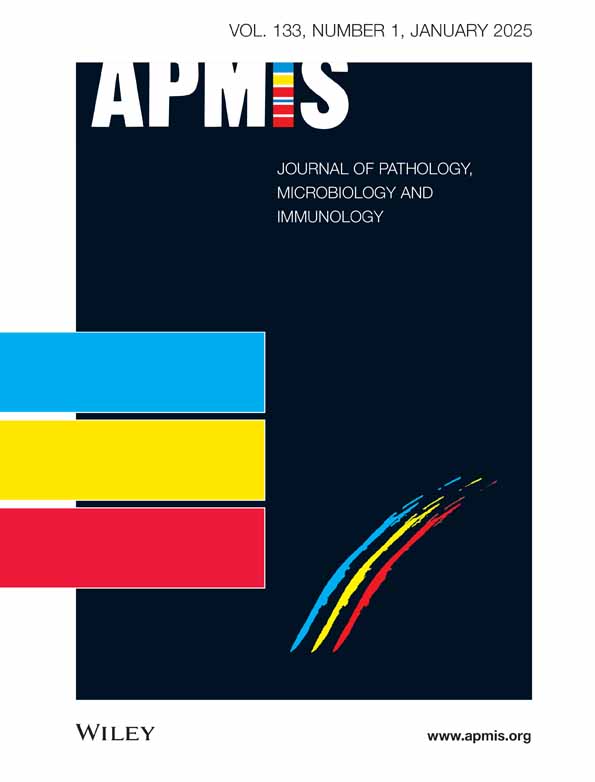Rapid laboratory diagnosis of urinary tract infection, with or without antibiotic decision support–a small pilot study investigating accuracy and clinical impact
Abstract
The study evaluated the accuracy and clinical impact of rapid diagnostics (RD) with or without antibiotic decision support (ADS) for hospitalized patients with urinary tract infections. A two-centre prospective intervention was conducted with 230 patients divided into three groups: RD-only (n = 59), RD plus ADS (n = 56) and a control group (n = 115). Mean laboratory turnaround time for RD was 10 h and 50 min. Of 115 microorganisms, 108 were correctly identified. The error rate for rapid susceptibility determination was 0.85%. Total antibiotic consumption, measured in defined daily doses (DDD), was lower in the intervention groups compared to the control group (ADS: 10.3 DDD, p = 0.01; RD: 10.9 DDD, p = 0.06; control: 13.0 DDD). No significant differences were observed in the use of broad-spectrum antibiotics (p = 0.816). Adherence to antibiotic guidelines was significantly better in the ADS group compared to the control group (p = 0.015) (RD vs control; p = 0.261). The ADS group also received fewer doses of ineffective antibiotics (ADS: 1.8 doses, p = 0.012; RD: 2.4 doses, p = 0.195; control: 3.4 doses). Length of hospital and ICU stays or 30-day readmission rates did not differ across groups. No in-hospital mortality was observed in any group.
CONFLICT OF INTEREST STATEMENT
The authors have no relevant financial or non-financial interests to disclose.
Open Research
DATA AVAILABILITY STATEMENT
The datasets generated and analysed during the current study are not publicly available, because of regulations and data safety concerning research data and patient confidentiality. A redacted/anonymised dataset is available from the corresponding author on reasonable request.




